3 reasons your fern is drooping and how to save it, according to houseplant experts
Ferns are notorious for having a dramatic reaction to improper care, but luckily it's easy to rectify
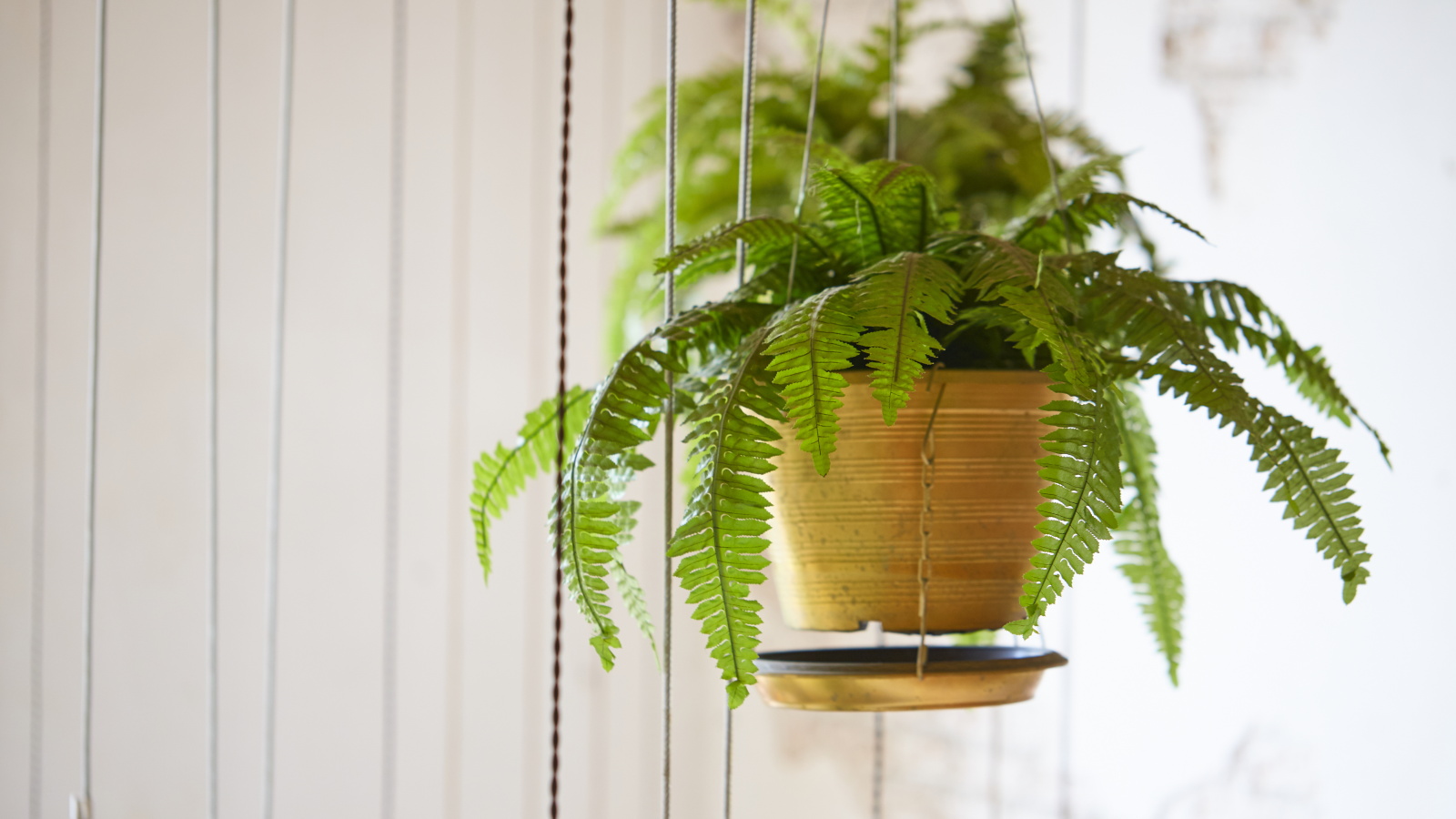

Growing ferns indoors offers beautiful, soft foliage to bring your interiors to life. There is a little maintenance required to keep their iconic fronds healthy and failing to keep on top of it may result in your fern drooping.
It doesn't matter which of the best ferns to grow indoors you have, all types of ferns will typically respond with drooping if something isn't right in their growing environment. You also have to be quick to respond to this kind of symptom to return your fern to good health.
While causes behind a drooping fern may vary between varieties, houseplant experts say there are a few common indoor plant mistakes behind drooping to be aware of. Here, we take a closer look at these and how to revive a drooping fern so you can continue growing yours happily in your home.
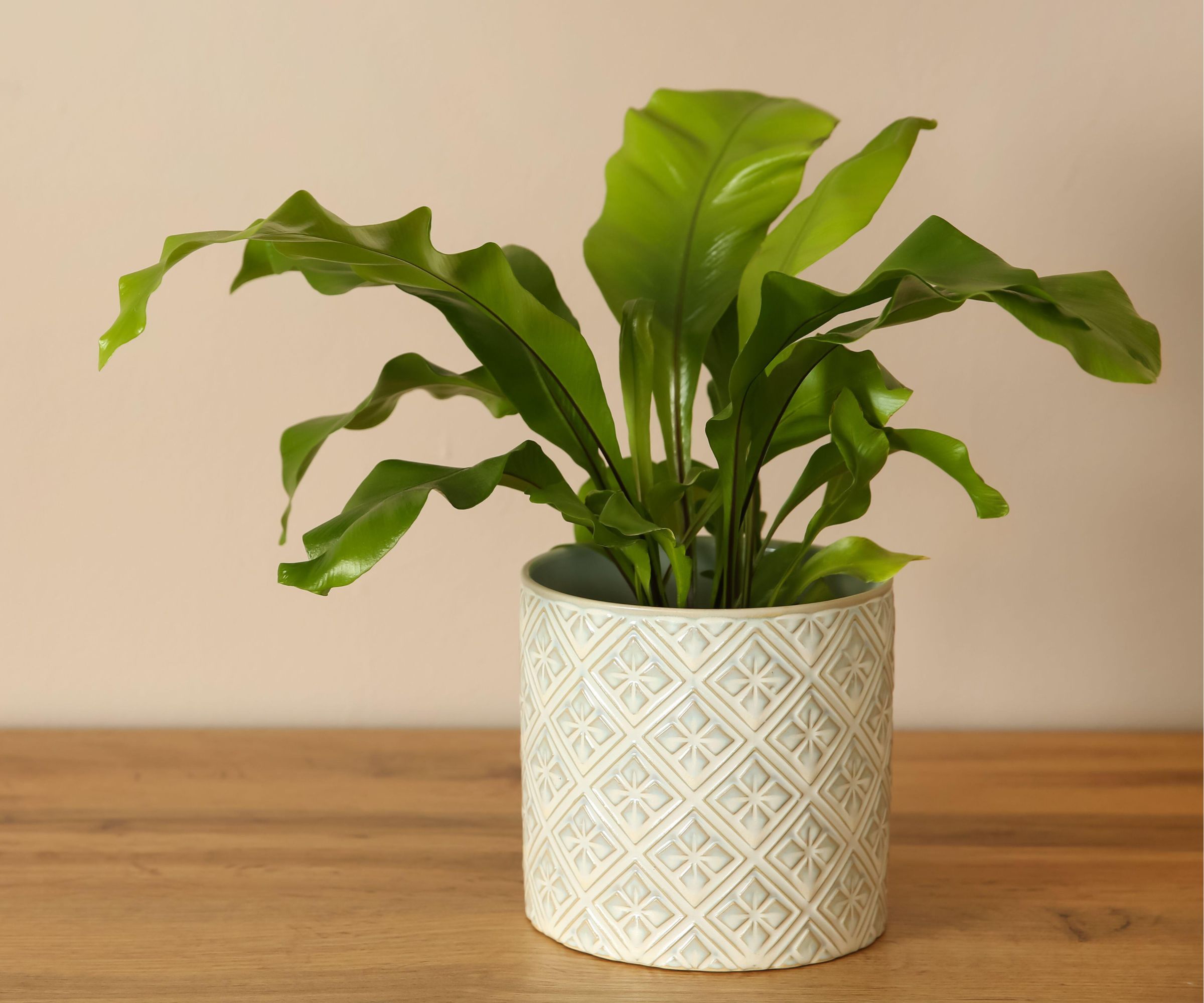
3 reasons your fern is drooping
Not only will you notice your fern is drooping as a result of these three errors, some of them may also turn your fern brown. Don't worry, though, they're all easy to avoid and put right.
1. You're underwatering your fern
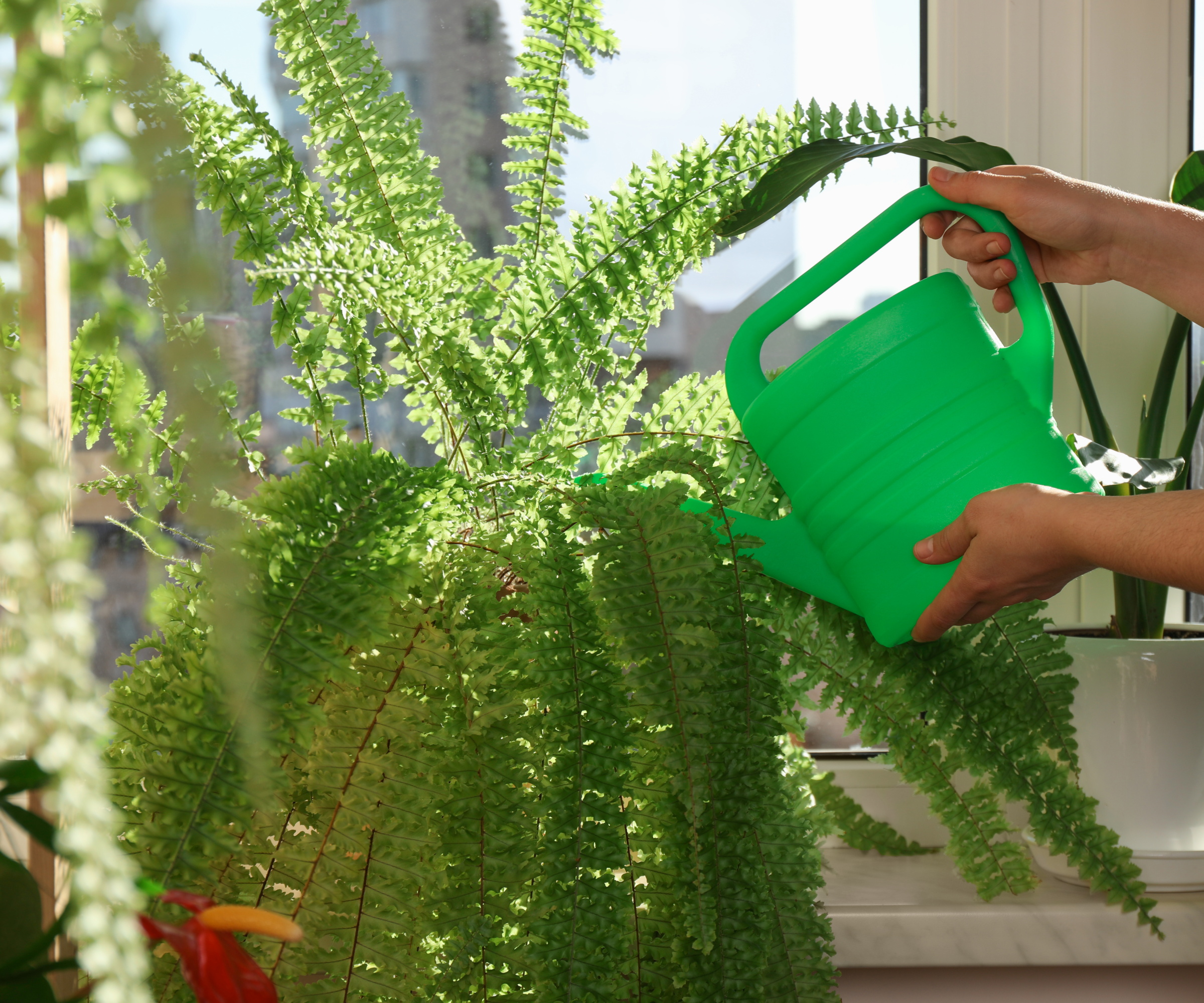
'The top reason for ferns to droop is underwatering. Ferns do not deal well with being droughted,' says Julie Bawden-Davis, indoor plant expert at Healthy Houseplants.
This is especially true in maidenhair fern care and asparagus fern care, among other fern varieties, which will curl, crisp, and droop when their soil dries out. That's why it's best to always keep your fern at a consistent moisture level to help its fronds thrive.
'It may also just be a naturally drooping fern,' notes Lisa Eldred Steinkopf, houseplant expert at The Houseplant Guru. For example, Boston ferns and staghorn ferns are often grown as indoor hanging plants, and have a slightly droopy appearance. 'If it is dry it will droop more, of course,' Lisa adds.
To know when to water your indoor plants, use this soil moisture meter from Amazon. As a general rule, you shouldn't allow your fern to dry out further than the top two inches.

Julie Bawden-Davis is a garden author and University of California Certified Master Gardener, who has written several gardening books, including Indoor Gardening The Organic Way. In addition to running HealthyHouseplants.com, she shares indoor gardening advice on her YouTube channel @HealthyHouseplants.

Lisa is a houseplant expert who runs her blog The Houseplant Guru with over a decade of professional experience at Steinkopf Nursery and Garden Center in Michigan. As a child, Lisa helped her grandma tend to African violets and other houseplants. Since then, Lisa has forged a career providing houseplant advice, holding lectures and writing for publications across the US.
2. Your fern needs higher humidity levels
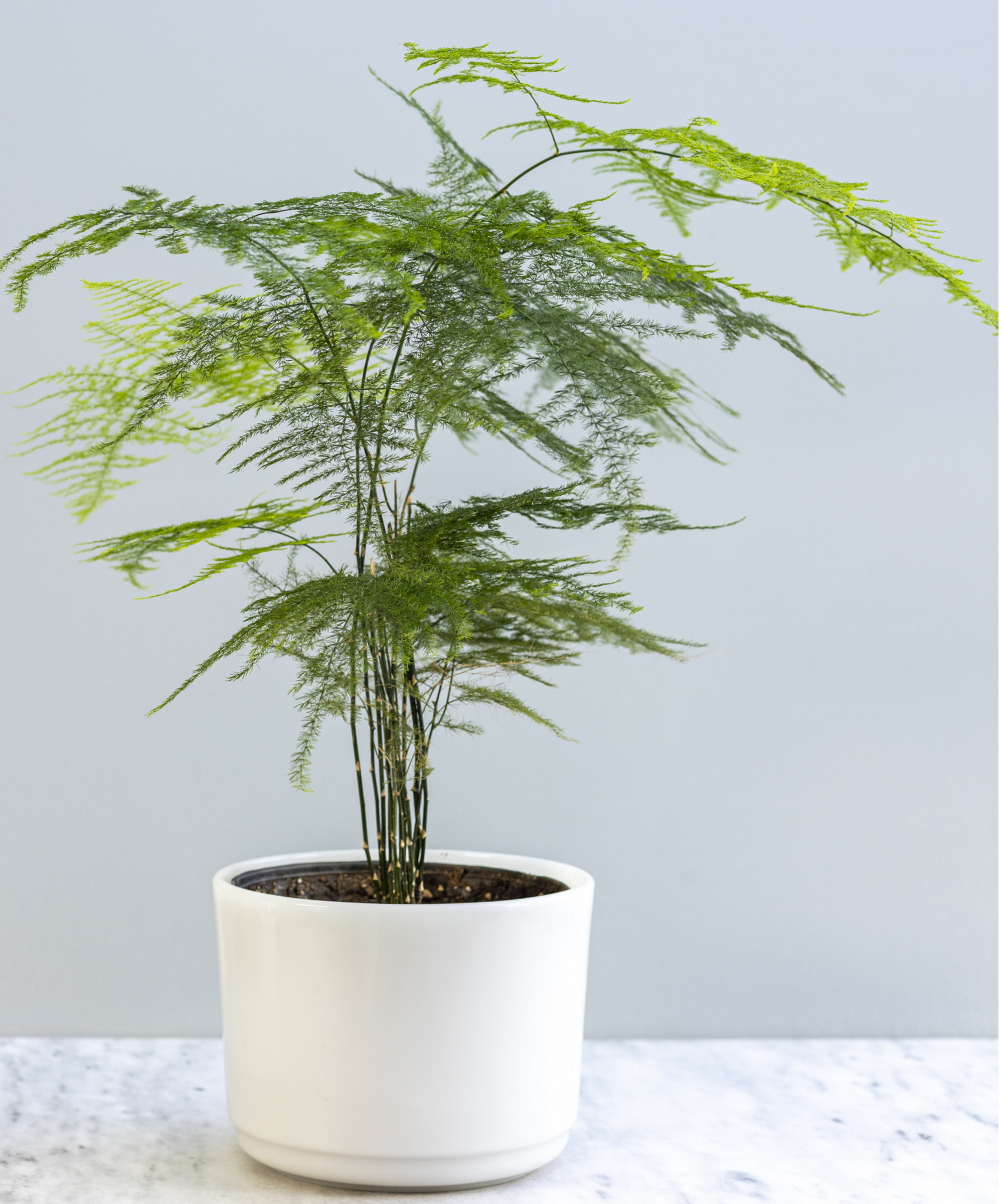
Ferns are among the houseplants that enjoy high humidity. This is explained by their native jungle environment, where they grow in warmer temperatures among dense foliage. A lack of humidity in the home, therefore, can have a negative impact on ferns.
It does depend on the type of fern, but for the most part, they enjoy humidity levels between 40-50%. Some ferns that make the list of houseplants for low humidity include the blue star fern and the Japanese holly fern, which might be better suited to your home if it is a drier environment.
Too little humidity is likely to cause some types of fern to droop, as well as cause other issues. This is often why an asparagus fern turns yellow, for instance.
You can keep track of the humidity levels in your home with this humidity meter from Amazon.
3. Your fern needs brighter light
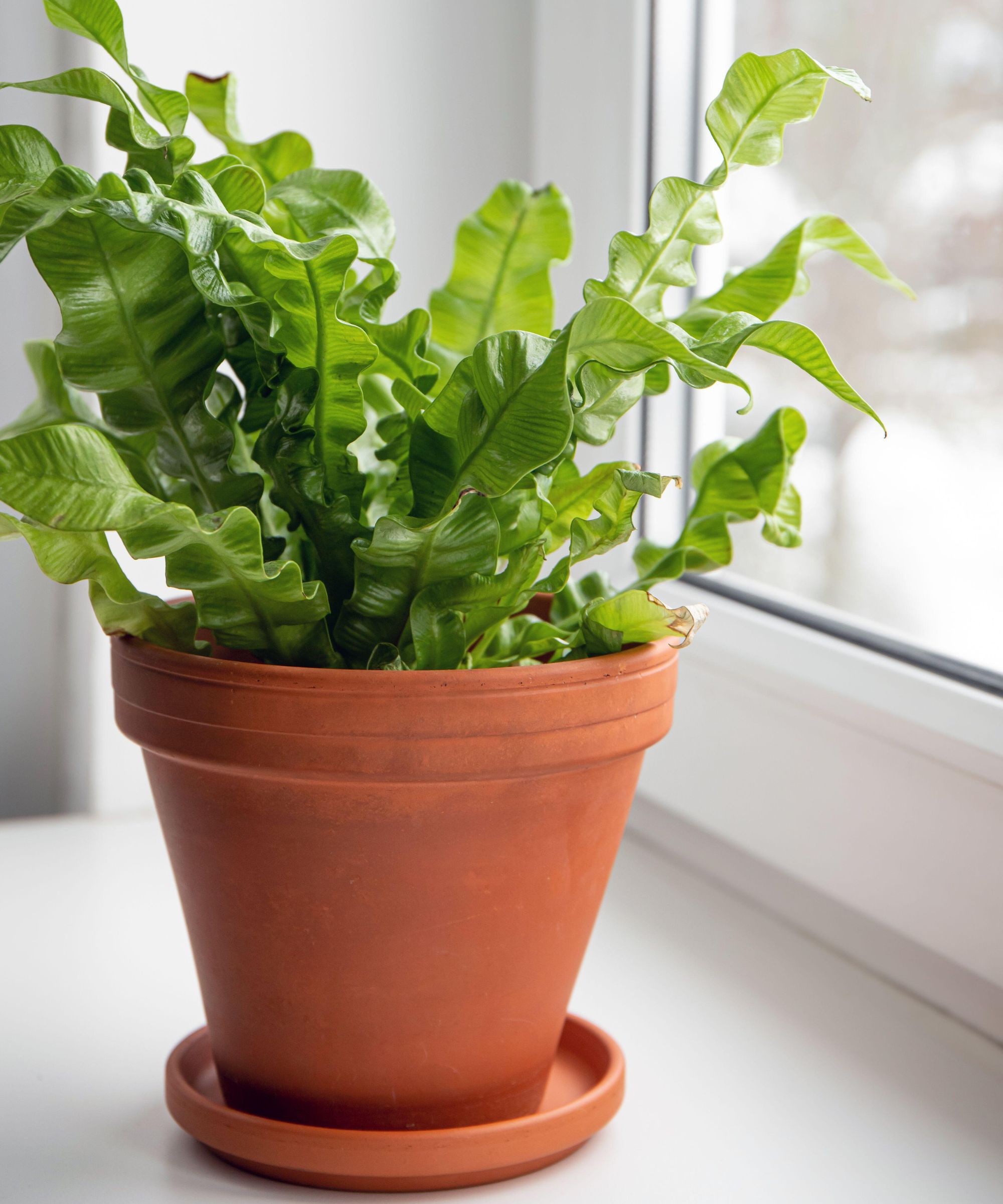
While it's true many ferns are indoor low light plants, especially Boston ferns, too little light can also cause a fern to have a dramatic reaction, like drooping.
'Ferns are shade-loving plants, but sometimes people think that means they should go in a very dark area of the home. They still need sunlight to survive,' says Jeannie Psomas, plant expert and owner of The Plant Lady: San Francisco.
It may surprise you to learn that ferns enjoy plenty of bright light, as well as tolerate partial shade. However, they also shouldn't be exposed to prolonged periods of direct sun, as this could cause leaf scorch and discolor their foliage.
'One way to know it's a lack of light causing your fern to droop is it will be a slower droop than if it needed water,' notes Lisa.

Jeannie Psomas owns The Plant Lady: San Francisco, an indoor plant shop located in San Francisco, California which caters to collectors and hobbyists alike. With a strong emphasis on plant science and education, Jeannie's philosophy is that anyone can grow gorgeous plants indoors.
How to revive a drooping fern

Don't feel too disheartened if you spot your fern is drooping, there are ways to revive a drooping fern easily. It all depends on what is causing this problem in the first place.
If it is a water issue, Alex Kantor, owner of Perfect Plants Nursery, recommends: 'Ensure the soil is consistently moist, but not waterlogged. Submerge the pot in water for a few minutes to ensure thorough watering.'
However, if your fern is drooping from a lack of humidity, you will need to seek ways to increase humidity for indoor plants. 'Increase humidity levels by misting the plant or placing a humidifier nearby,' Alex suggests. You can try a pebble tray for plants, too.
As for a fern drooping due to a lack of light, try moving it somewhere brighter in your home. If you're struggling to provide sufficient light, try using grow lights for houseplants - like this grow light from Amazon.
It's all about identifying the cause of your fern drooping and making the right adjustments in care to help its fronds perk up again.

Alex has worked in the horticultural industry for over 20 years and grew up on the farm since his childhood years. Alex is an expert on landscape trees, shrubs, and indoor plants. He is passionate about growing and helping others learn the trade.
FAQs
Should you cut off drooping fern fronds?
No, it isn't necessary to cut away drooping fern fronds if they remain intact otherwise. Adjusting the growing environment of your fern is likely to revive it. However, if prolonged periods of improper care are behind the drooping, your fern might also have yellowing and browning foliage. This won't turn green again, so it's best to remove them using essential pruning tools.
'Trim any yellow or wilted fronds to encourage new growth,' says Alex Kantor, owner of Perfect Plants Nursery. 'If the fern is also root-bound, this is a good time to repot it into a slightly larger container with fresh soil,' he adds.
'You should also keep an eye out for common houseplant pests,' warns Jeannie. 'Pests can cause a lot of damage before you actually notice them. A general wilting or deflating of the plant could be caused by pests such as spider mites, mealy bugs, or aphids,' she explains.
If you find your fern does have pests, try making a homemade bug spray, as well as adopting methods to get rid of spider mites on houseplants or get rid of aphids on houseplants.
Sign up to the Homes & Gardens newsletter
Design expertise in your inbox – from inspiring decorating ideas and beautiful celebrity homes to practical gardening advice and shopping round-ups.

Tenielle is a Gardens News Writer at Homes & Gardens. She holds a qualification in MA Magazine Journalism and has over six years of journalistic experience. Before coming to Homes & Gardens, Tenielle was in the editorial department at the Royal Horticultural Society and worked on The Garden magazine. As our in-house houseplant expert, Tenielle writes on a range of solutions to houseplant problems, as well as other 'how to' guides, inspiring garden projects, and the latest gardening news. When she isn't writing, Tenielle can be found propagating her ever-growing collection of indoor plants, helping others overcome common houseplant pests and diseases, volunteering at a local gardening club, and attending gardening workshops, like a composting masterclass.
You must confirm your public display name before commenting
Please logout and then login again, you will then be prompted to enter your display name.
-
 Go guilt-free – I'm a professional home organizer and these are the 5 decluttering rules I urge you to break
Go guilt-free – I'm a professional home organizer and these are the 5 decluttering rules I urge you to breakDitch the rules for stress-free declutter
By Orna Fathers
-
 This ultra-tiny 'luxury villa' is sold on Amazon – estate agents say this unconventional, pre-assembled home is more than a novelty
This ultra-tiny 'luxury villa' is sold on Amazon – estate agents say this unconventional, pre-assembled home is more than a novelty'Tiny homes are more than a trend. They’re part of a bigger conversation about how we live' – this foldable house is one of many shaping 2025's real estate industry
By Megan Slack